News:
Spotlight Content
Posted: January 19, 2016
Industry Leaders: The transformation of Long Island City and Gantry State Park into an urban oasis by Gati
On October 11, 2015, I organized and lead a historical walking tour of Gantry State Park and Long Island City for the Queens American Institute of Architects. We witnessed firsthand the major transformation of this historic, 180 years old community. Here are some of the highlights of what we discussed and saw on our tour.
Development of the area now known as Astoria dates back to the early 1630’s, when a large grant was awarded by the Dutch for a 160 acre farm called Jark’s farm.
Jark’s farm established a tradition in Queens of farming because of the rich soil and access to the waterways to transport produce. Jark’s farm was north of where Costco is today on Vernon Blvd.
On July 4, 1776, after the taxes to the British were voted down and Congress declared independence from Britain, Queens County was visited by 600 strong British militia dispatch from Philadelphia and resulted in the Battle of Long Island and the British army occupation of Queens County until 1783. There was a fleet of British ships maintained in Newtown Creek and British troops were stationed on Skillman Ave. in Long Island City.
In 1877 two brothers William and Theodore Steinway built two piano factories and brought hundreds of their employees to Astoria. They needed to organize transportation at Hunters Point so the company could bring the pianos and the workers back–and–forth.
In 1898 Long Island City became part of Queens and in the next 10 years experienced more development of manufacturing facilities. The construction of the 59th St. bridge and subway system created more access to the area and it grew quickly into more of what it is today
The gantries were built in 1925 to aid in Long Island’s development. They were used to load and unload freight cars from the freight barges onto the Long Island Railroad. The cars that pulled or pushed the freight trains were called coupler cars or idol chorus. The rail was lifted or lowered to the level of the barge because the tide would raise or lower the barge, the gantries were used to raise or lower the train tracks to meet with the height of the train barges. The sign on the gantries say Long Island because it meant Long Island Railroad. This made it easier for the freight barges to find the gantries.
In 1980, the area was transformed from a crumbling shore front that was neglected to a very attractive oasis honoring our past and attracting people for the future.
In 1985, Hunters Point, which is part of Long Island City, was basically an abandoned factory and manufacturing area and was re-zoned to residential and commercial uses. Long Island City’s manufacturing status was changed to more artistic and residential uses as most of our manufacturing jobs in the area were moved out of State and overseas. The New York Empire State Development Corp. with its subsidiary group: Queens West Development Corp., the New York/New Jersey Port Authority, Queens Borough president, Mayor’s Office and City Planning started the process of re-zoning and developing LIC in 1980. 44 acres with eleven residential buildings about 4500 units, 13 acres of State parkland, one public library, two public schools, and 120,000 s/f of retail space. It’s a $2.3 billion project and is called the Queens West Project.
In 1990, the developers wanted to pay homage to the past history of commerce from the 1920s and 30s in the area and created a main focal point with the four gantry towers in the field of peers around them. Though they are no longer in use the gantries with their majestic size and the Long Island sign are important landmarks from the East River and Manhattan. It is a jewel because it creates a peaceful oasis separating the hustle and bustle of Long Island City and Manhattan with the serene view of the East River.
MOMA PS/1, Noguchi museum, Astoria Studios, Kaufman studios, a lot of factories and warehouses were converted to art studios, yoga studios and artist lofts in the area pave the way for LIC to be the next Williamsburg or even SoHo.
LaGuardia Community College, New York City Construction and School Construction Authority have opened major offices in converted warehouses in the area.
In 2009, a $350 million project transfer created 5000 residential units and 11 acre park and 96,000 s/f of retail space and 46,000 s/f of public and community facilities.
Architect, Stephen Hall with partner Chris McCoy, designed a 21,000 s/f library, it is under construction and will have a computer center, theater and conference room with an adult collection.
A special Long Island City mixed–use district with Hunters Point, Court House Square, and Queens Plaza sub-districts expects to include about 5,000,000 s/f of new office space, 300 new housing units, retail space and the residential districts will be paired with manufacturing districts in four areas allowing development of 10 to 12-story buildings in some manufacturing areas and 4 to 6 in others.
Cornell University’s Applied Sciences Campus on Roosevelt Island will help teach people about science and shows our transference from agriculture in the 1600s to information–technology and now to the conceptual age.
For more information about the past tour of Long Island City visit: http://www.aiaqueensny.org/events/event_details.asp?id=656997.
William Gati, AIA, is the president of Architecture Studio, Kew Gardens, N.Y.
Tags:
Spotlight Content
MORE FROM Spotlight Content
Over half of Long Island towns vote to exceed the tax cap - Here’s how owners can respond - by Brad and Sean Cronin
When New York permanently adopted the 2% property tax cap more than a decade ago, many owners hoped it would finally end the relentless climb in tax bills. But in the last couple of years, that “cap” has started to look more like a speed bump. Property owners are seeing taxes increase even when an

Quick Hits
Columns and Thought Leadership

The strategy of co-op busting in commercial real estate - by Robert Khodadadian
In New York City’s competitive real estate market, particularly in prime neighborhoods like Midtown Manhattan, investors are constantly seeking new ways to unlock property value. One such strategy — often overlooked but

Oldies but goodies: The value of long-term ownership in rent-stabilized assets - by Shallini Mehra
Active investors seeking rent-stabilized properties often gravitate toward buildings that have been held under long-term ownership — and for good reasons. These properties tend to be well-maintained, both physically and operationally, offering a level of stability

Properly serving a lien law Section 59 Demand - by Bret McCabe
Many attorneys operating within the construction space are familiar with the provisions of New York Lien Law, which allow for the discharge of a Mechanic’s Lien in the event the lienor does not commence an action to enforce following the service of a “Section 59 Demand”.

How much power does the NYC mayor really have over real estate policy? - by Ron Cohen
The mayor of New York City holds significant influence over real estate policy — but not absolute legislative power. Here’s how it breaks down:
Formal Legislative Role
• Limited direct lawmaking power: The NYC Council is the primary


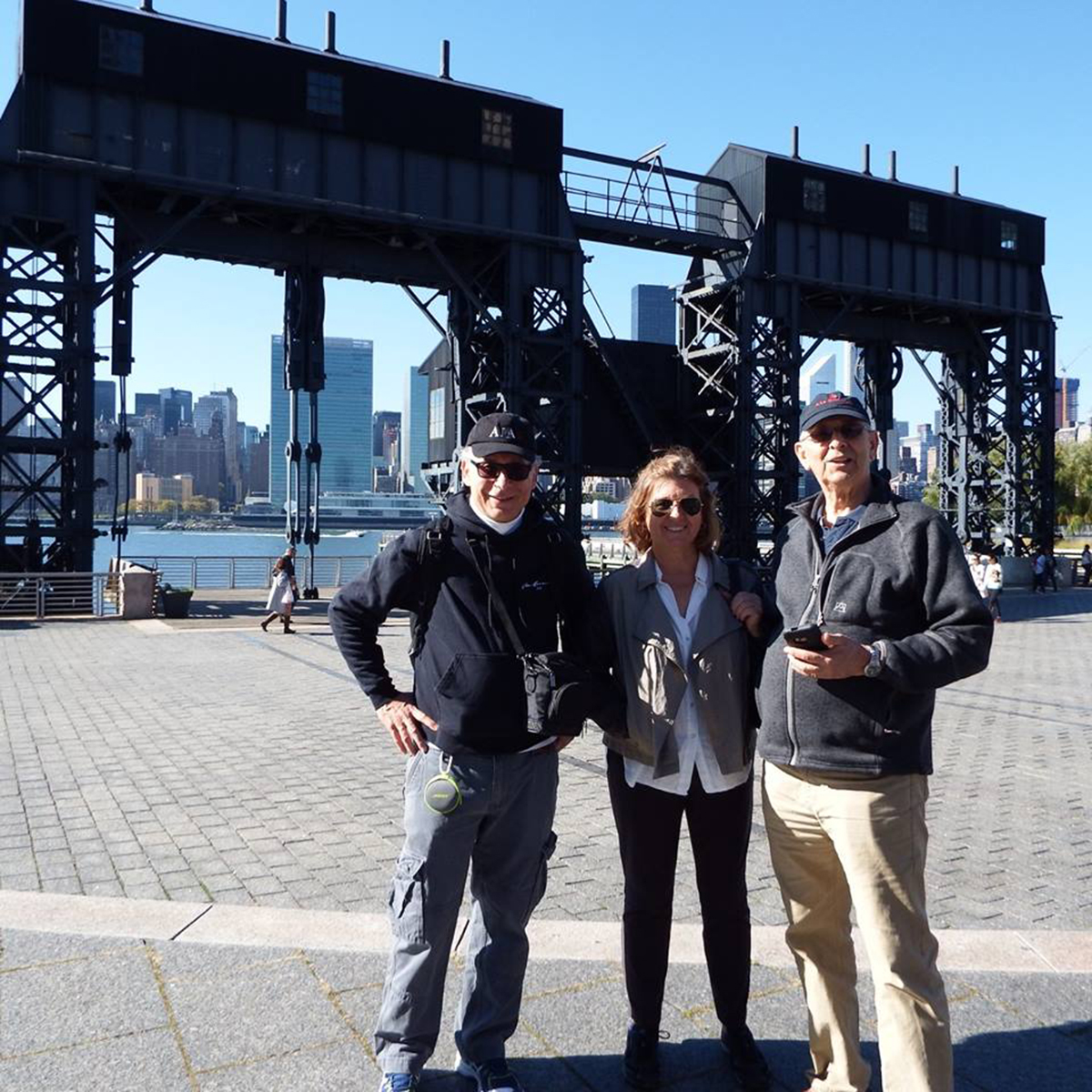
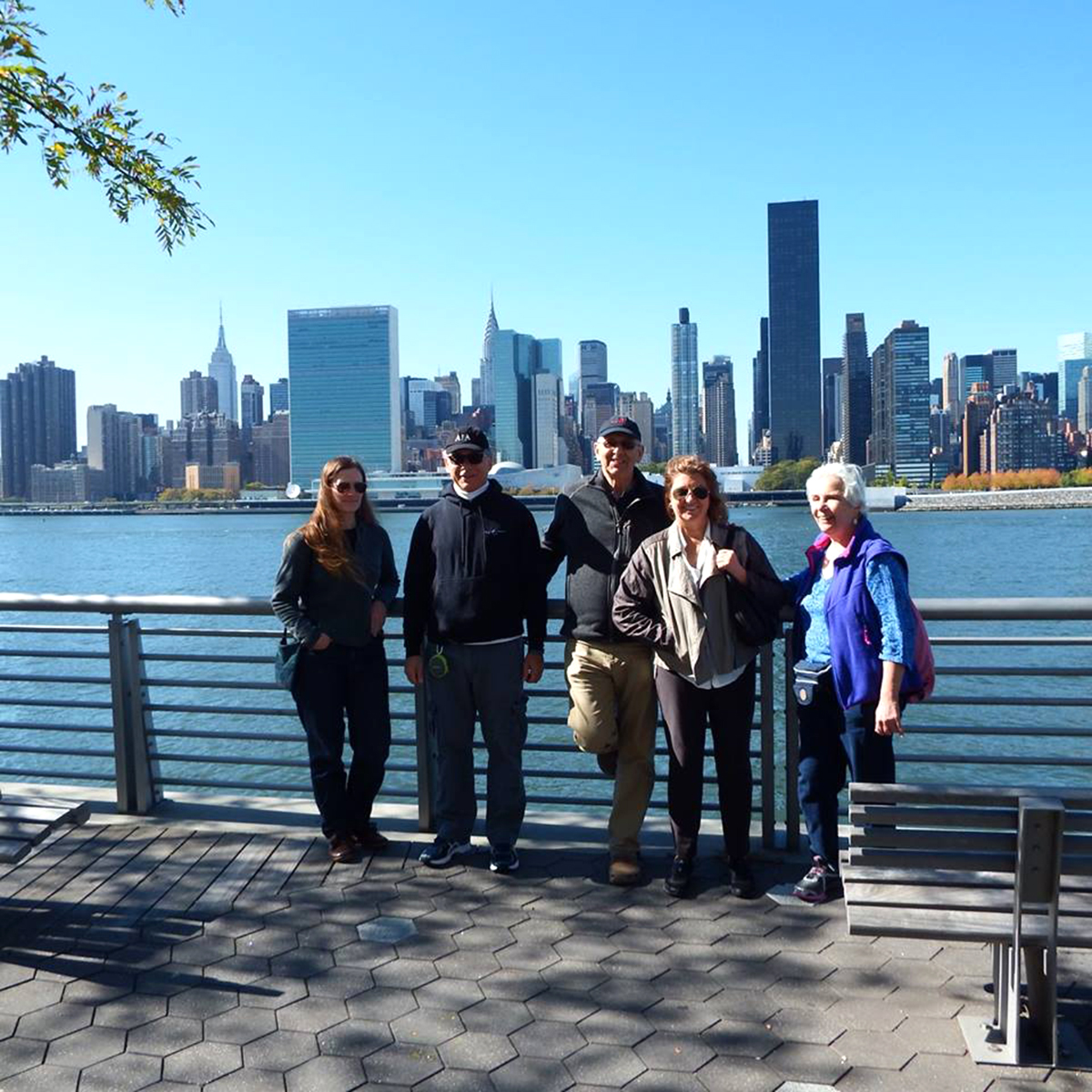
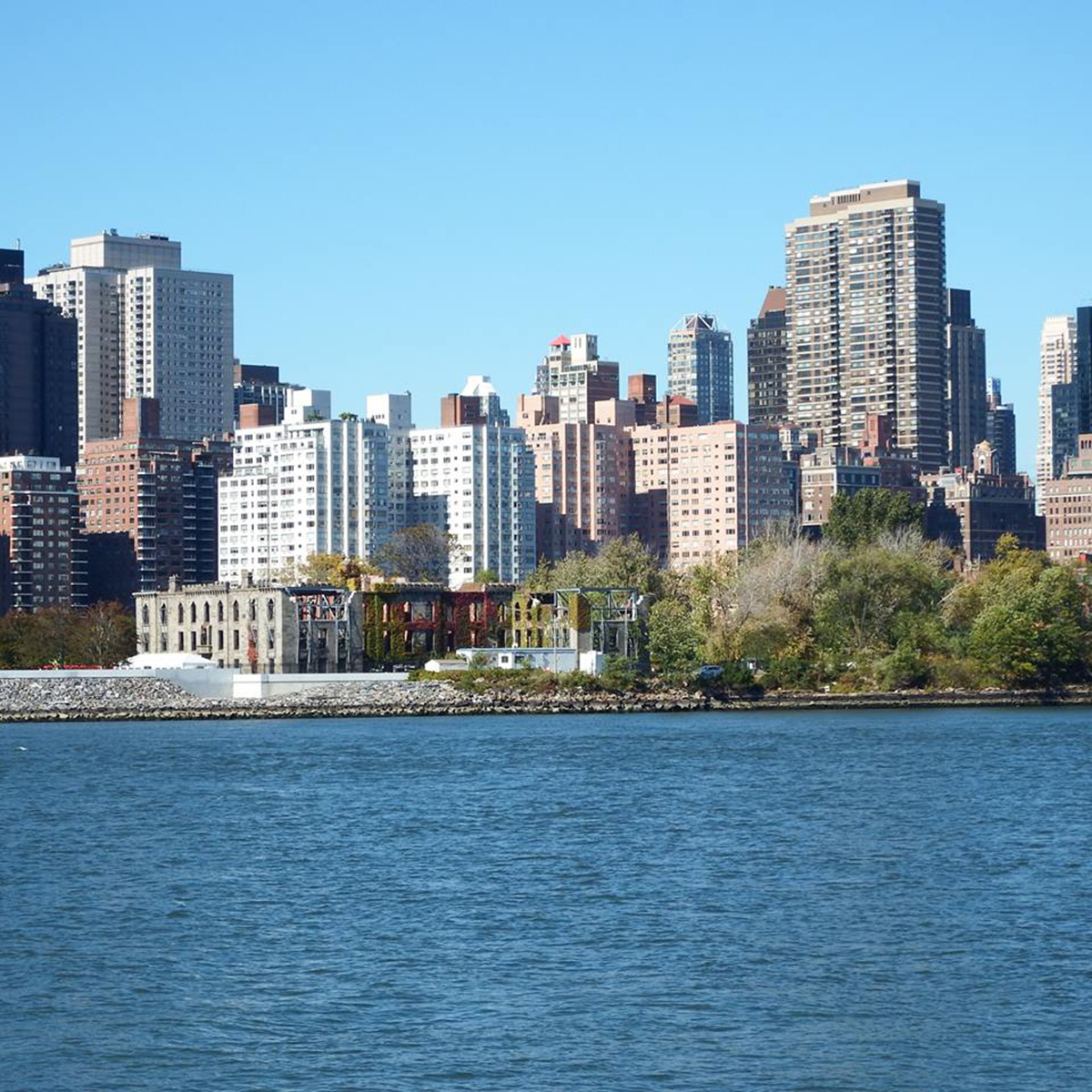
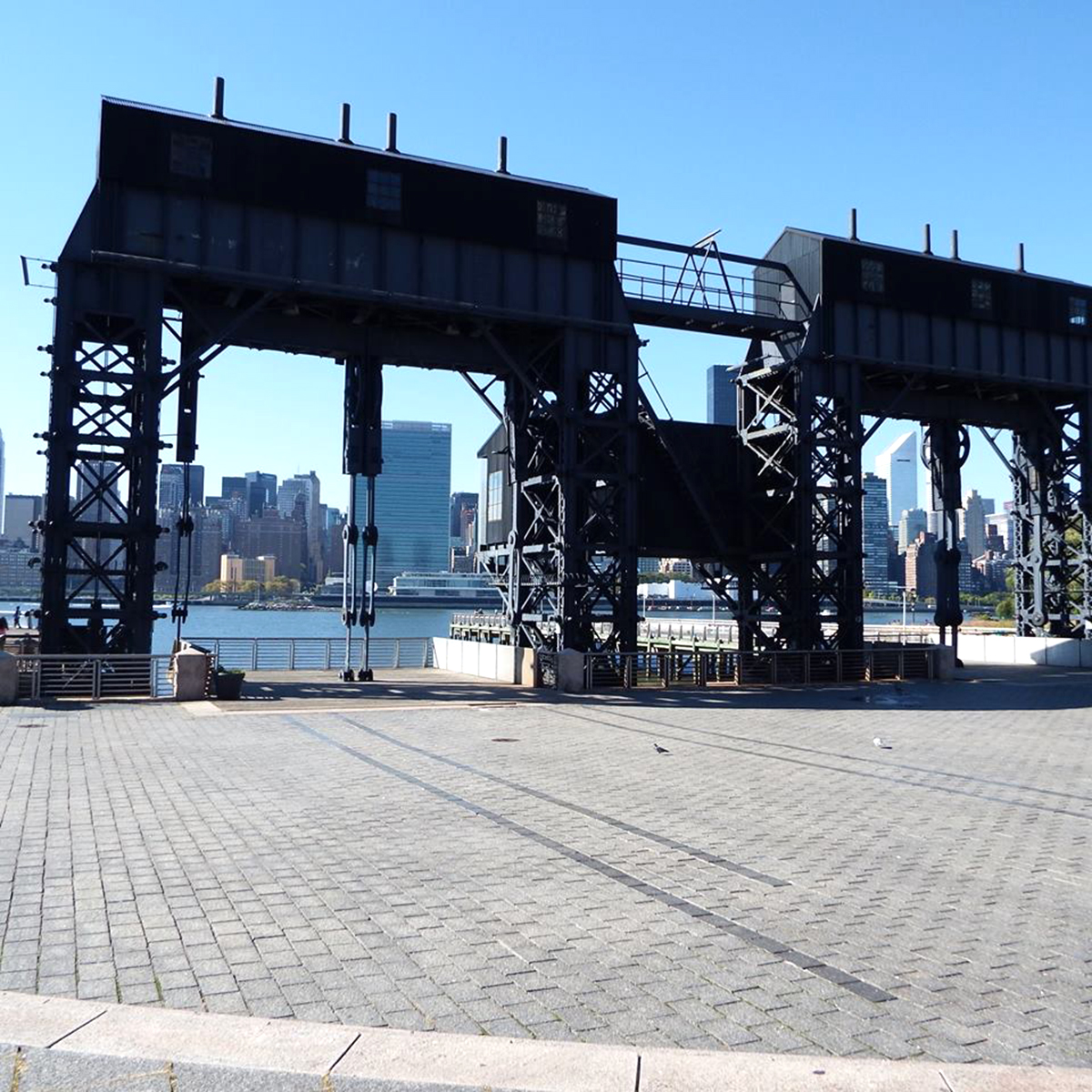
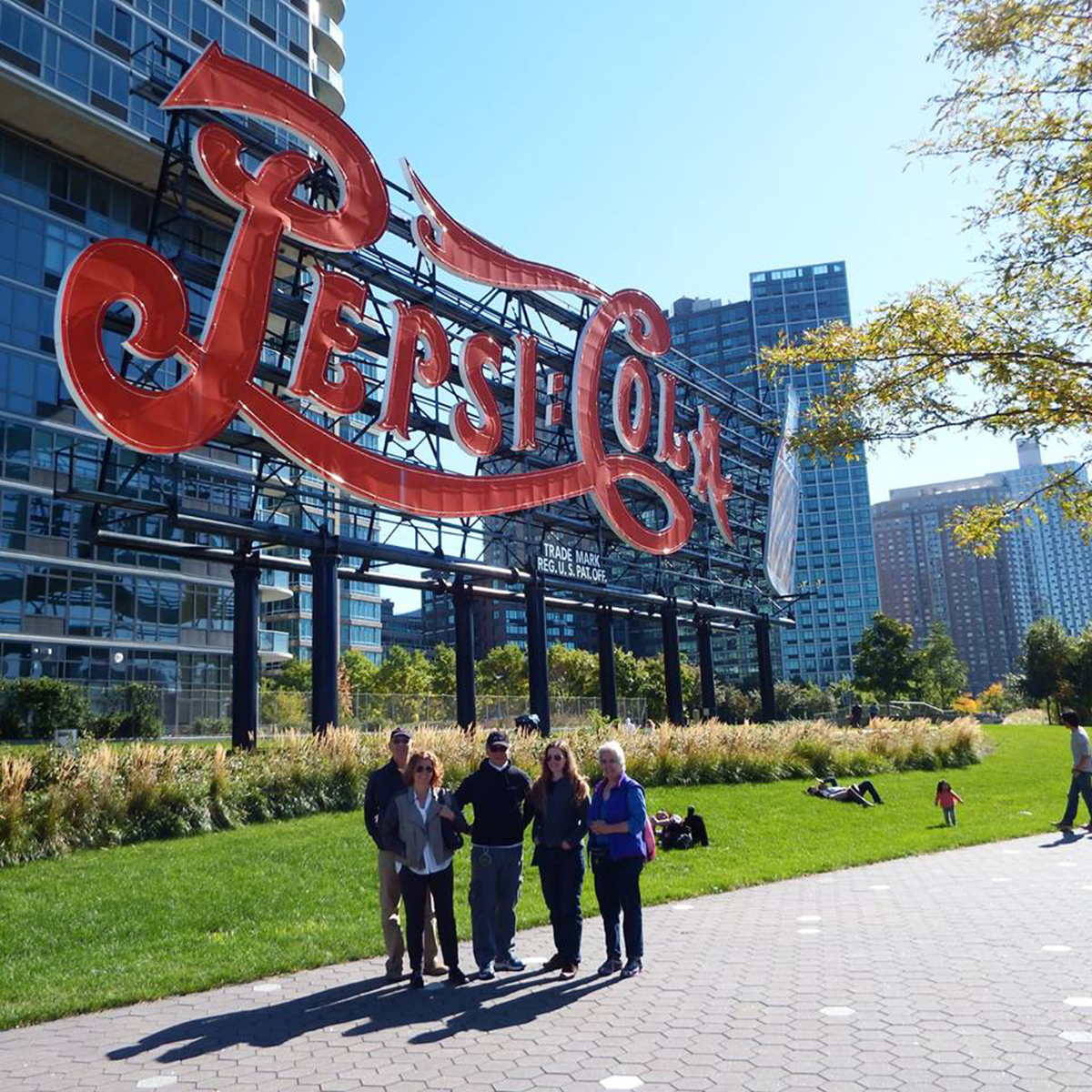





.png)

.gif)
.jpg)
.gif)